Best Led Zeppelin album ever? Well, the knee-jerk reaction would be their fourth album (the untitled one with the four symbols). In terms of a concise, focused attack, you can’t deny it’s a masterpiece.
Videos by American Songwriter
But if you’re looking for Led Zeppelin at their expansive best, it’s hard to match Physical Graffiti, an album released 50 years ago this month. The double album displays the band trying everything, and pretty much succeeding at just about every bit of it.
Getting Physical
Following the aforementioned “Untitled” album, Led Zeppelin came back with Houses of the Holy in 1973, which solidified their standing as the most consistent and inventive purveyors of hard rock. At one point during that year, they even started up the sessions for the follow-up, but bassist/keyboardist John Paul Jones, weary from the band’s unyielding schedule, expressed doubts about continuing. The band wisely took a little break before reconvening at the start of ’74.
When they did so, they returned to Headley Grange, where they had previously recorded that landmark fourth album. This former workhouse in Hampshire, England, wasn’t exactly the lap of luxury. But at least it allowed the band to focus on their work without distractions.
It also featured the kind of atmosphere conducive to getting big sounds, which Led Zeppelin and its musical mastermind Jimmy Page always sought. Some of the usual chaos and debauchery associated with Zep took place at times. For the most part, however, they settled into a work rhythm and laid down eight sprawling songs via a mobile studio set up at the location.
When they timed it out, they realized they had three LP sides worth of music. Since they didn’t want to leave any of what they’d done on the cutting-room floor, the decision was made to make Physical Graffiti, as the LP would be titled, a double album, the first of the band’s career.
To make this happen, the band went through sessions from previous records and unearthed songs that hadn’t been used. These filled out Physical Graffiti, which after a delay to construct the unique album packaging—which was kind of like a combination of Sgt. Pepper’s with the “fold-in” back covers of Mad magazine—was released in February 1975.
Revisiting the Music of Physical Graffiti
Physical Graffiti starts with a pair of stompers, one just recorded (“Custard Pie”) and one two years old (“The River”). It’s a potent but somewhat unassuming beginning, so that you’re kind of blindsided by the stunning 11-minute shapeshifting blues of “In My Time of Dying,” which finds the band leaving all their contemporaries behind in terms of their daring and dexterity.
From that point forward, Physical Graffiti takes you through a wild mélange of styles. Yes, there are still a few thrilling riff-rockers like “Houses of the Holy” and “The Wanton Song.” Aside from that, it’s all about the spirit of experimentation and derring-do. This is evidenced by the album’s signature song, the exotic, alluring “Kashmir,” which Page and John Bonham had mostly constructed even before the proper sessions began.
“Ten Years Gone” manages to deliver crunching music and one of Robert Plant’s best balladic performances all in one package. “Trampled Under Foot,” with Jones’ foundational clavichord, gives Stevie Wonder a run for his money in the funk department. While “In the Light” features Jones’ cutting-edge synths, “Boogie With Stu” goes back to where it all began with Ian Stewart’s boogie-woogie piano and Bonham’s gobsmacked drums.
There’s not a point where you ever feel like Physical Graffiti is dragging or running short on ideas, a true rarity for a double LP. Led Zeppelin’s output after it was recorded was spotty at best, only occasionally recapturing old glories. Which you can kind of understand, because this record left nothing behind.
Photo by Michael Putland/Getty Images

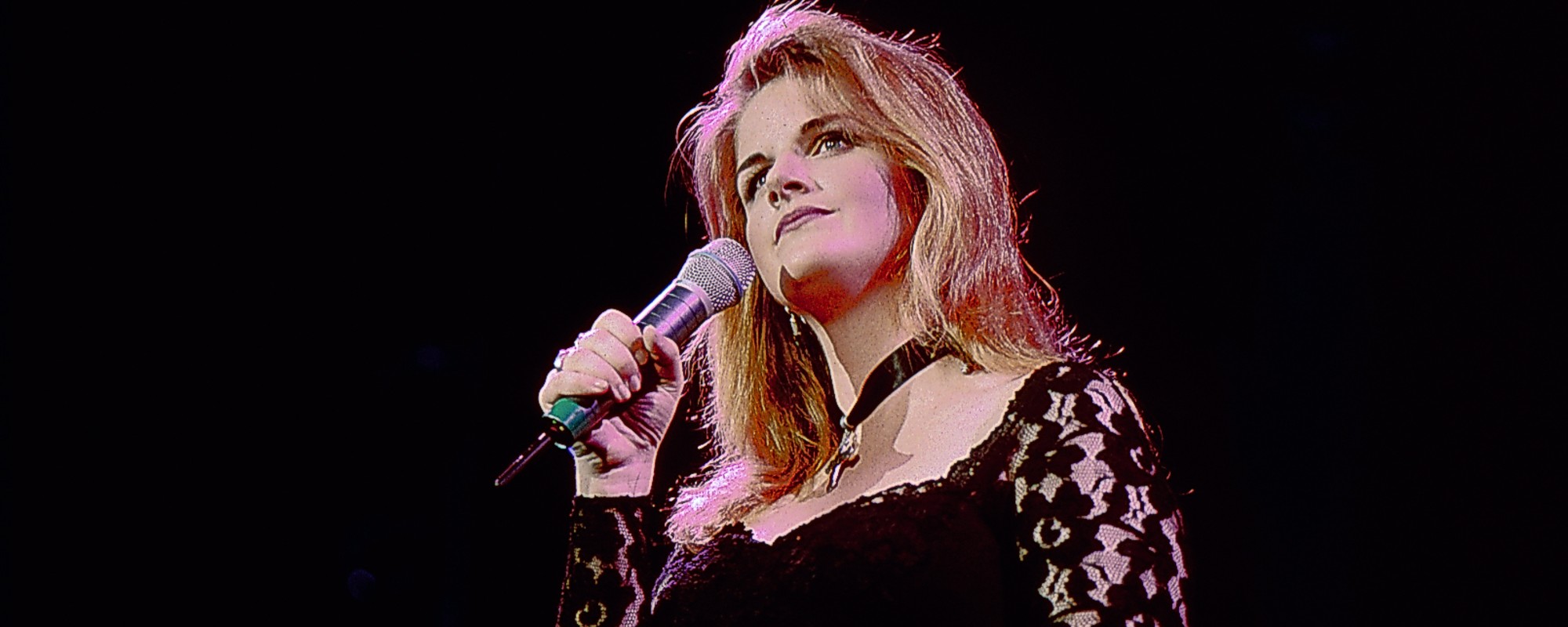
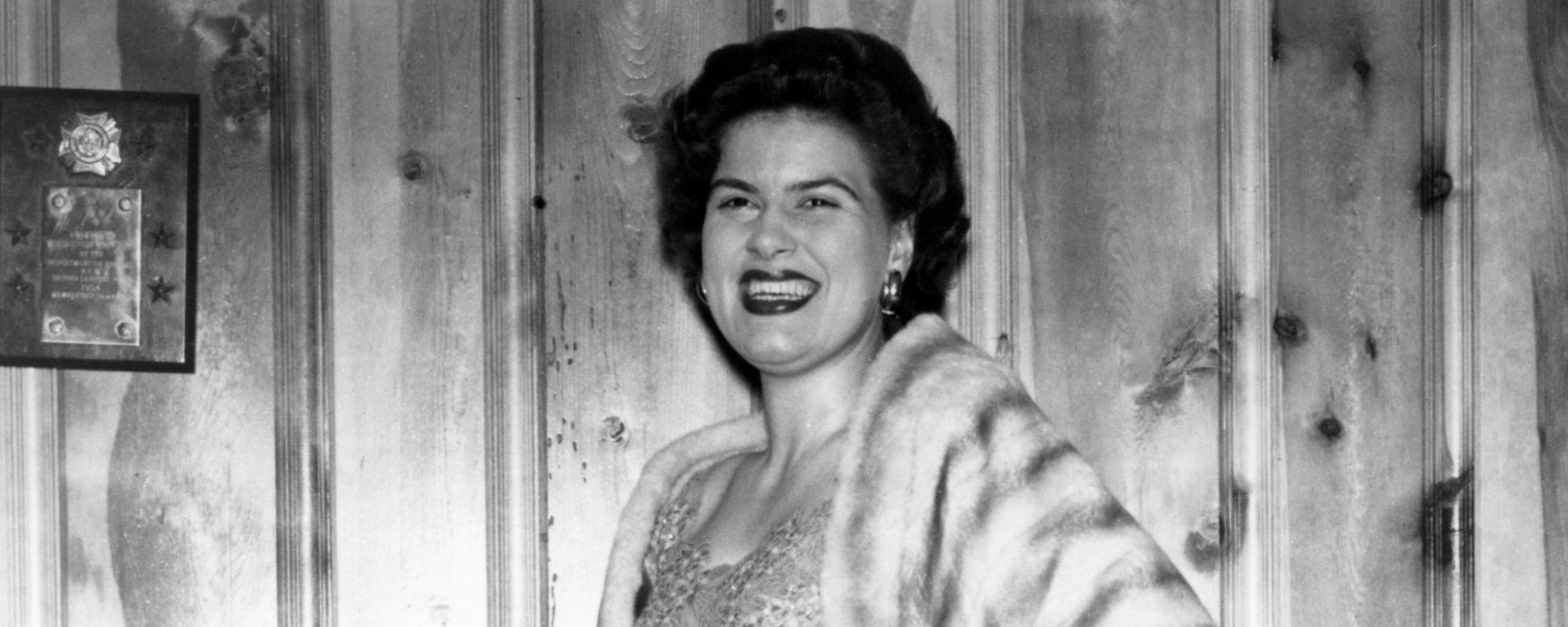
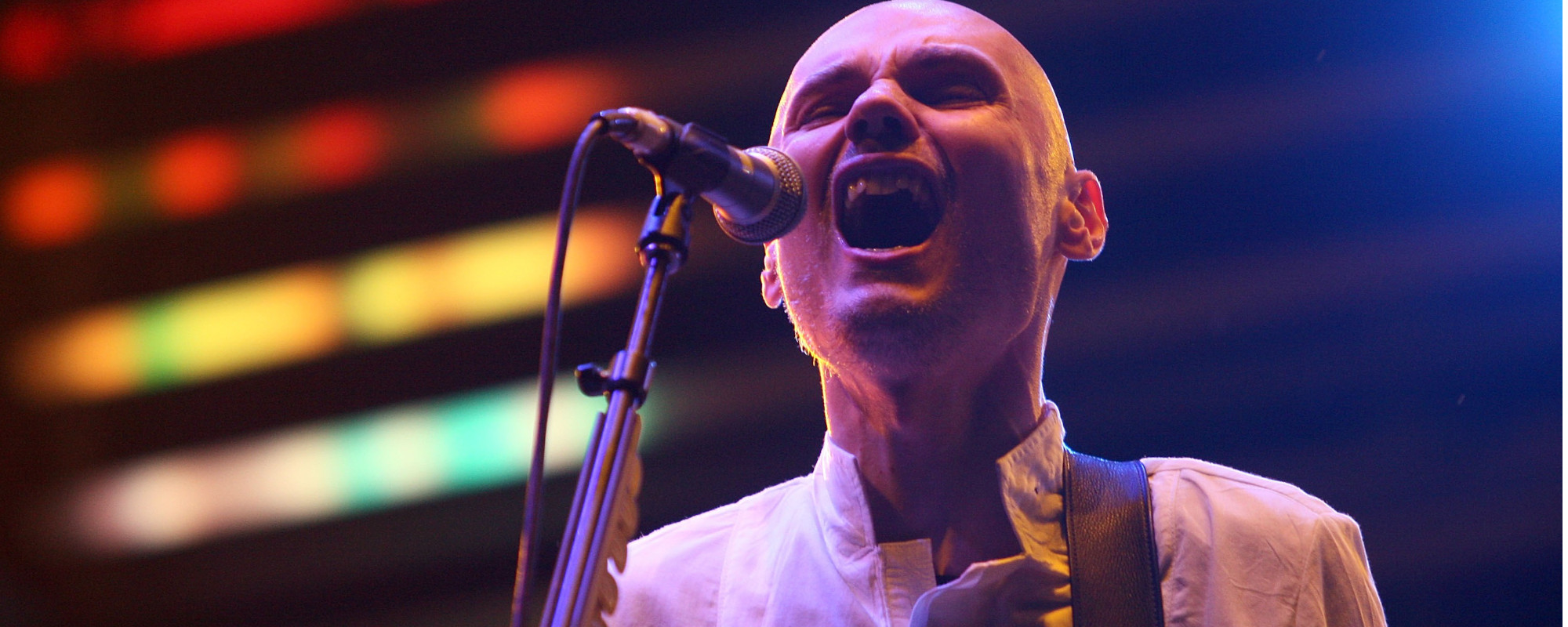
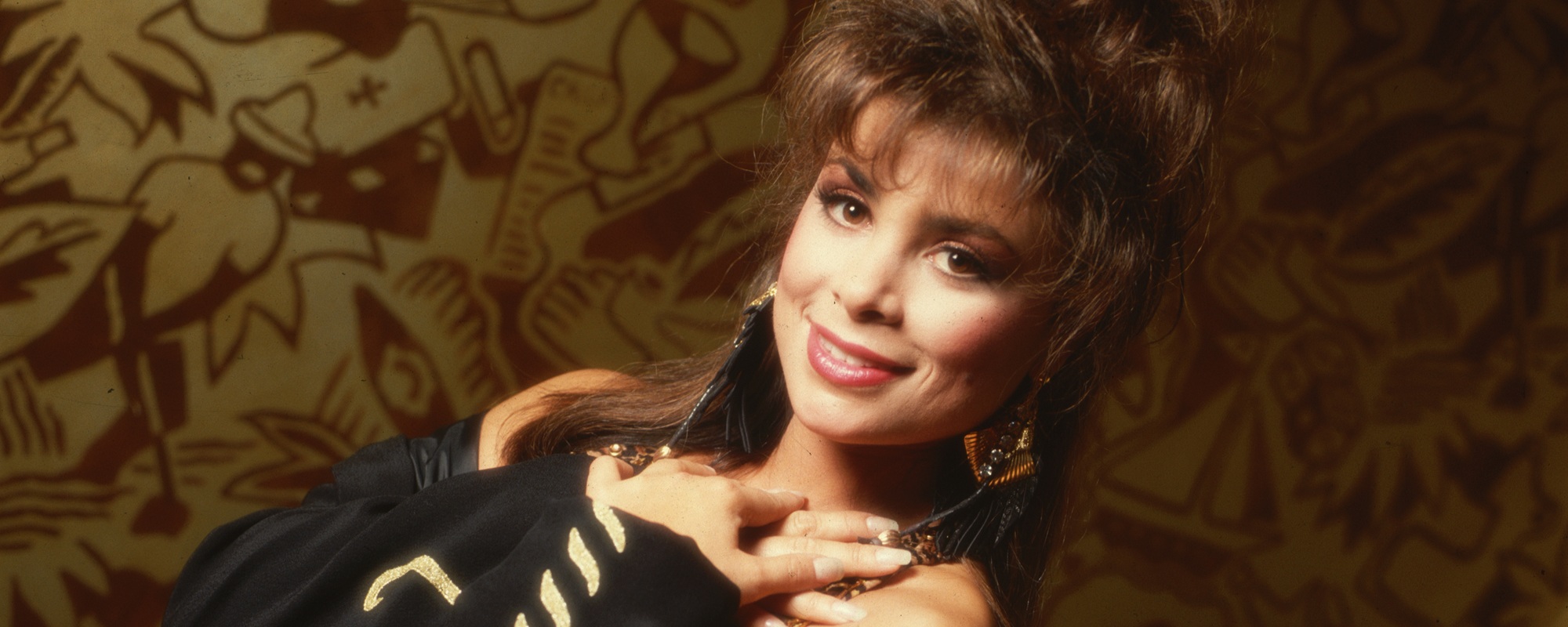
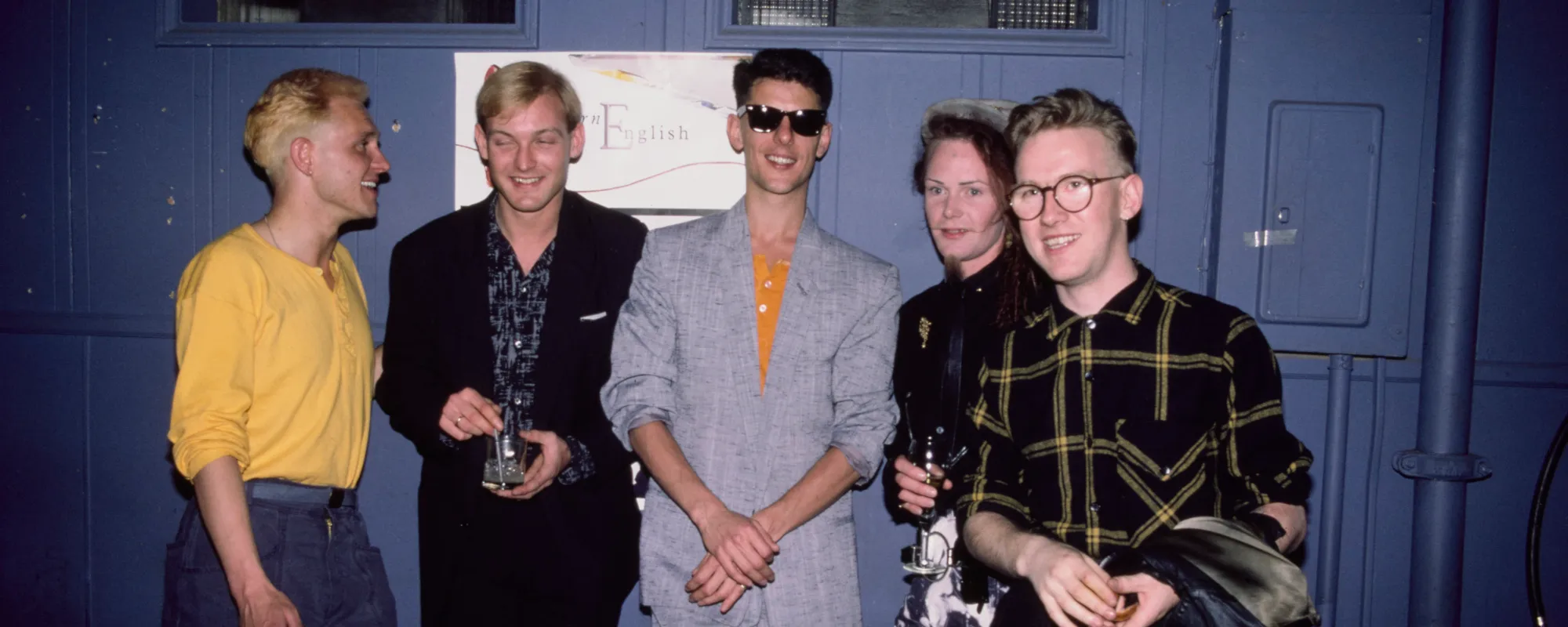
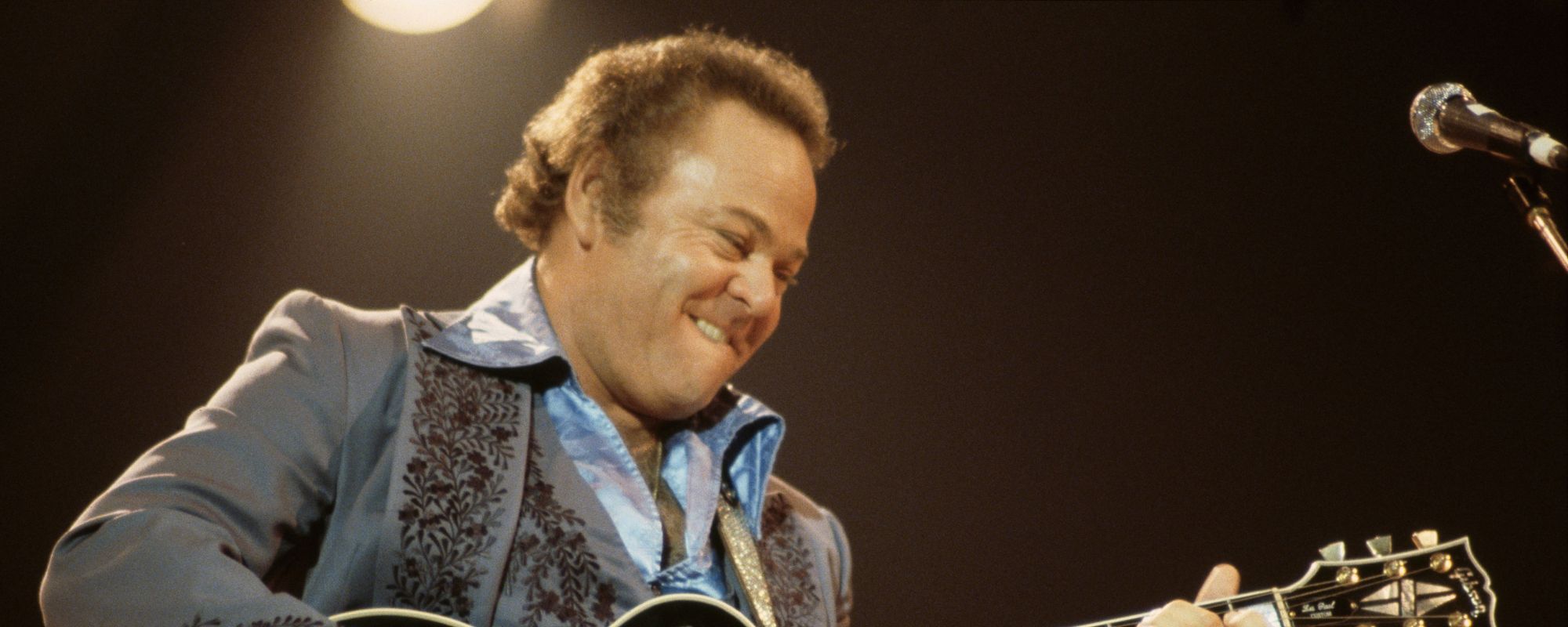
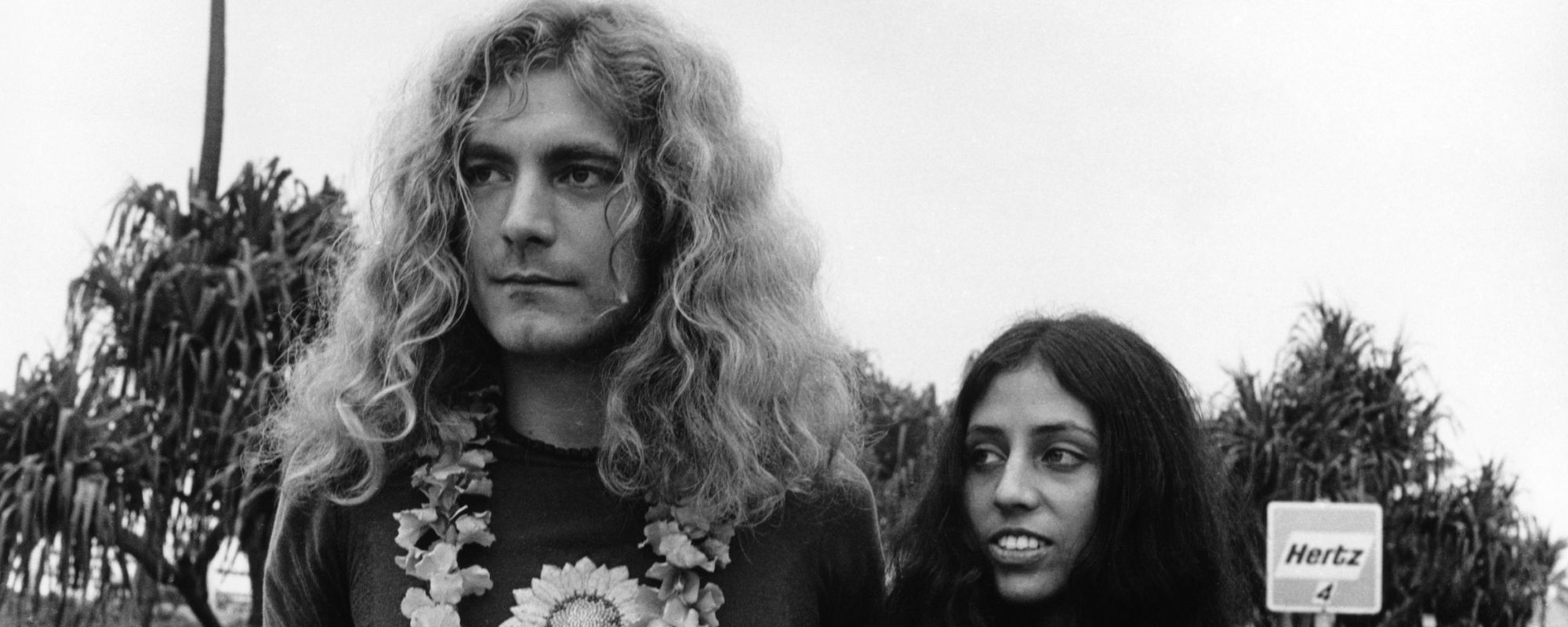
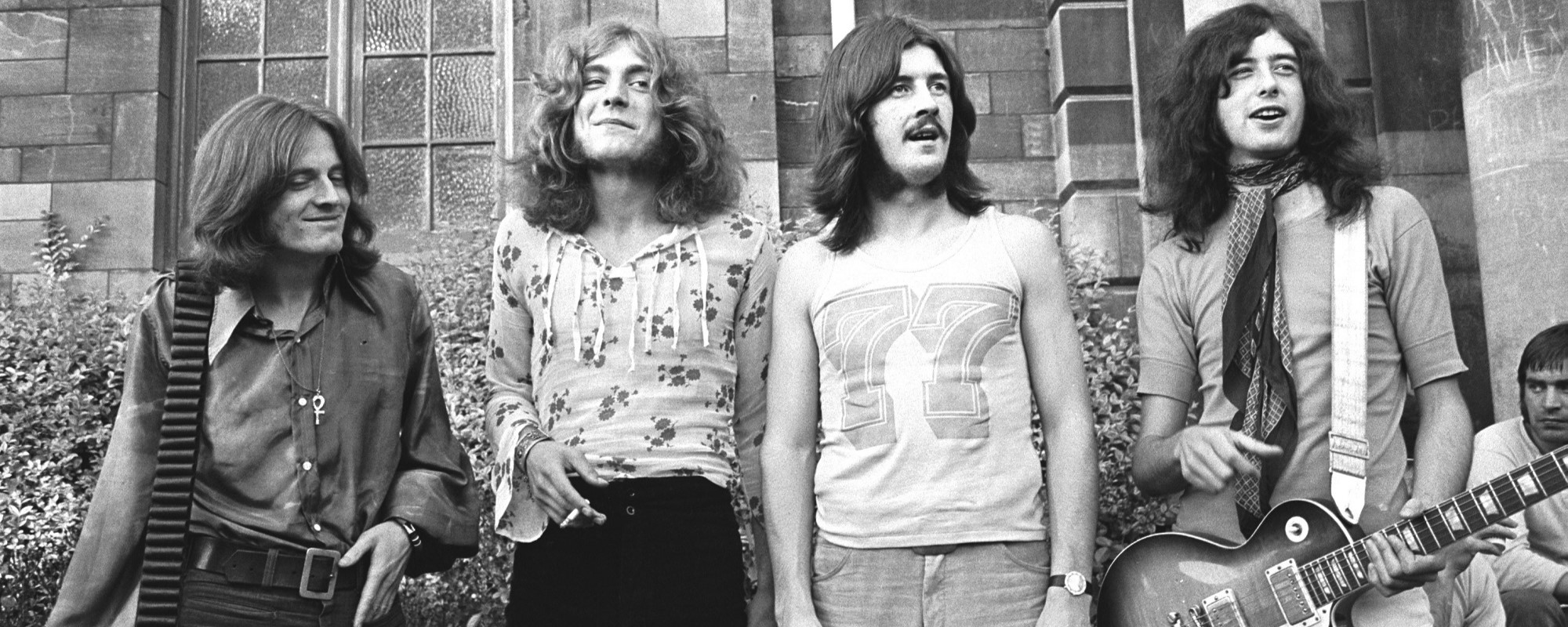
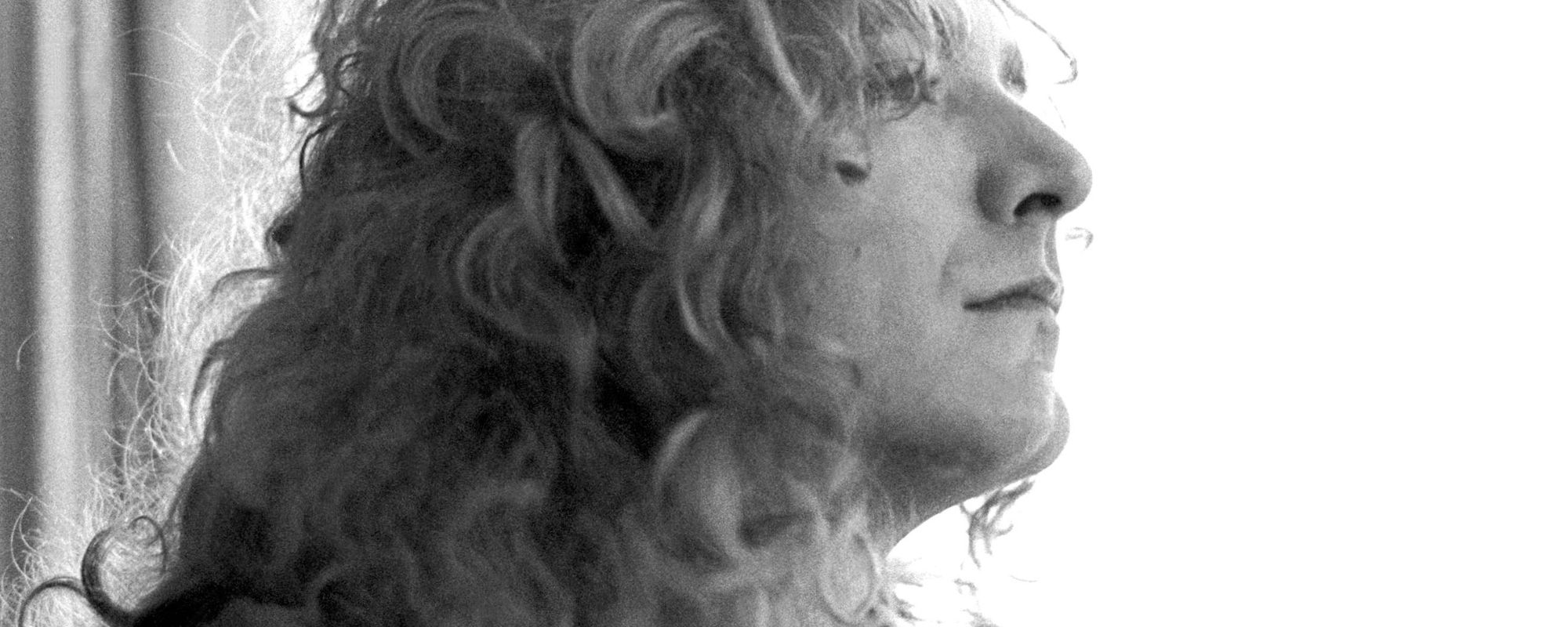
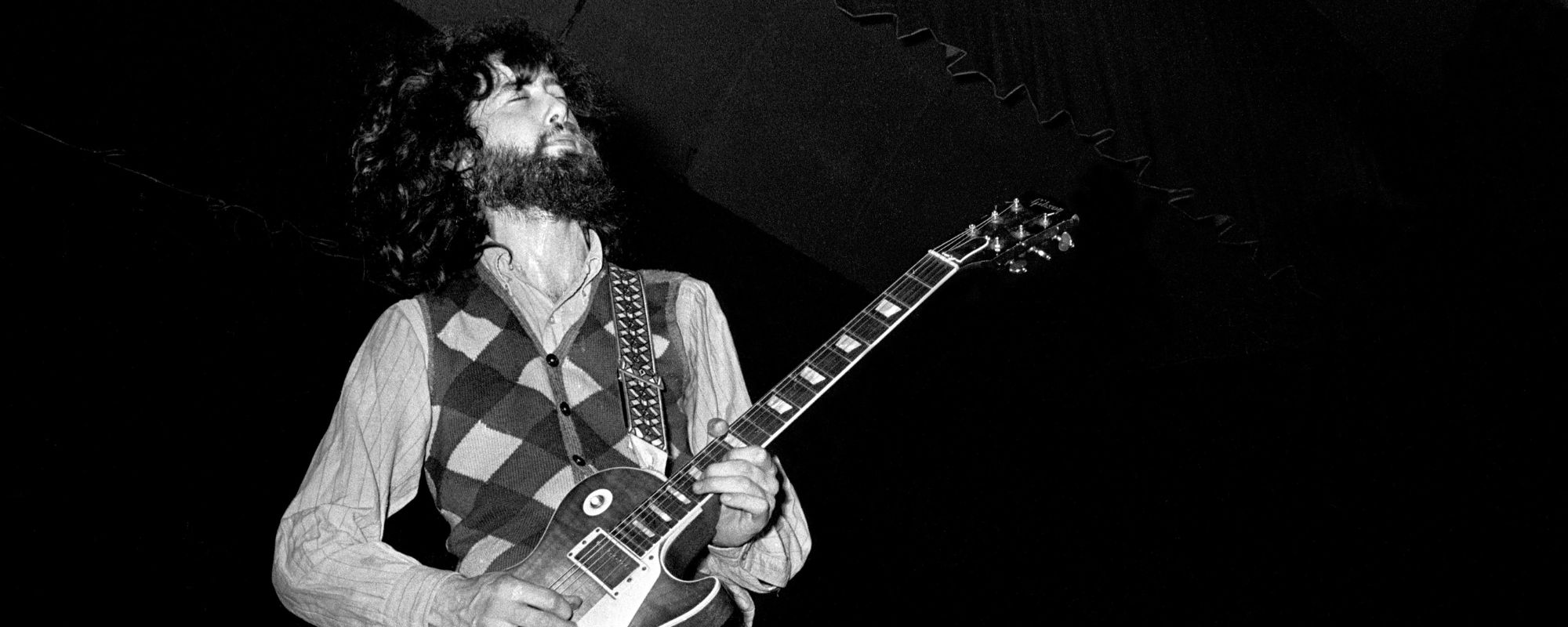

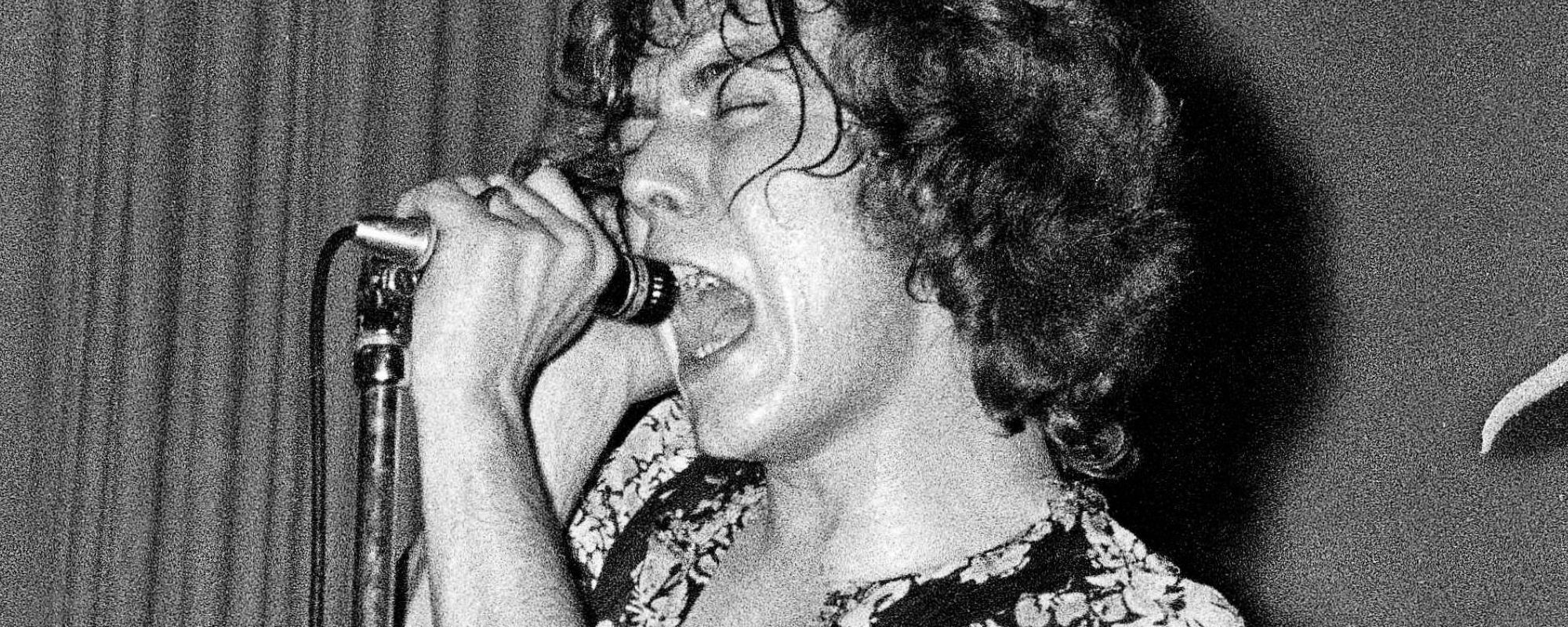
Leave a Reply
Only members can comment. Become a member. Already a member? Log in.